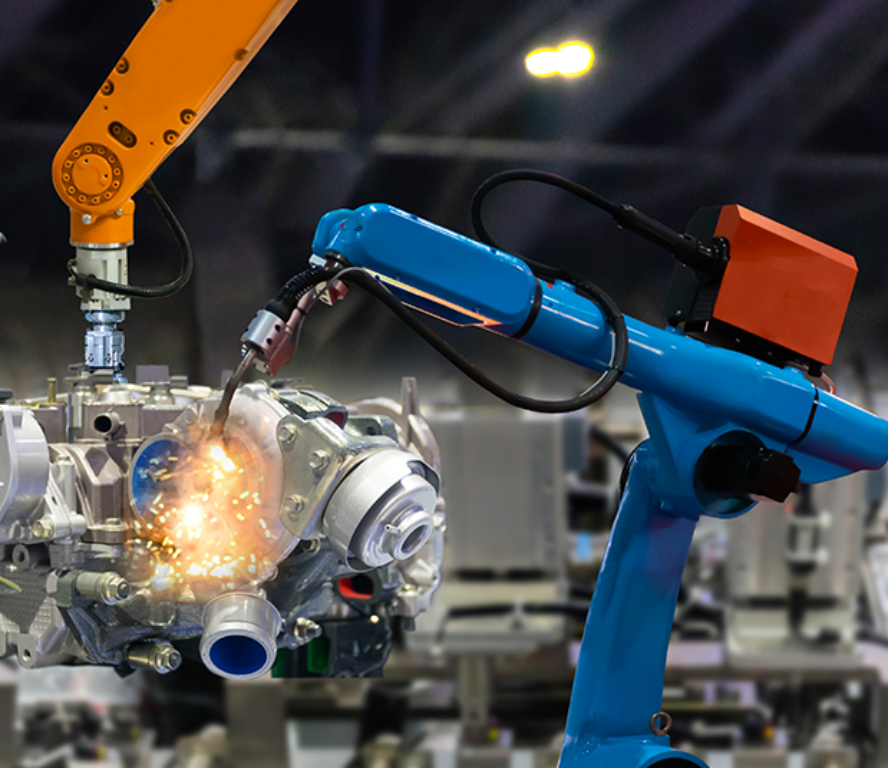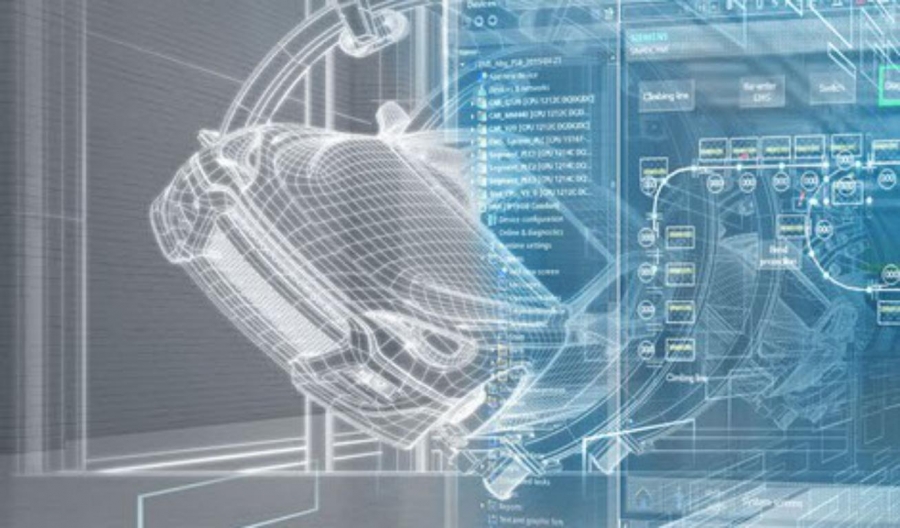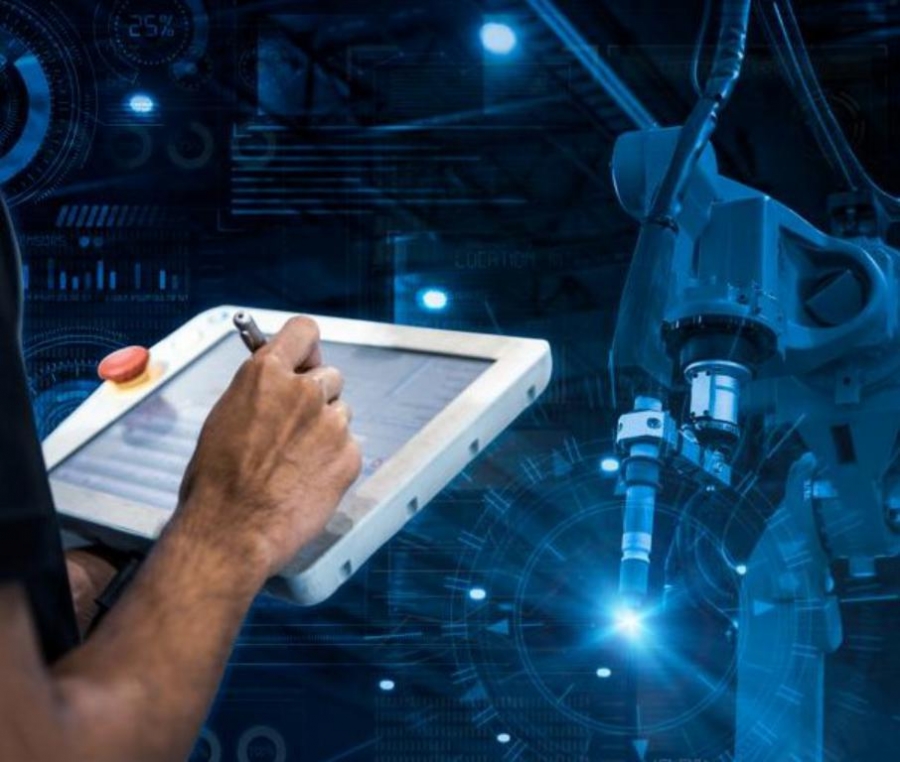Human Machine Systems
All complex technological systems, control rooms, energy and production plants operate in a risk environment and share a number of characteristic elements which affect their control processes (Maurino et al, 1995) In particular the study of such systems from a human perspective implies the consideration for what is generally called "the human factor". Moreover all HMS can be formally analysed by approaches similar to each other for what concerns the architecture and theoretical frame adopted to describe the Human Machine Interaction.
for what concerns the architecture and theoretical frame adopted to describe the Human Machine Interaction.
As workplaces increase their technological footprint we are placed in positions where advanced manufacturing processes require a higher degree of human interaction and technological association.
The plant interacts with the human operator through its interfaces and controls, and importantly the software must be designed with the designated competency level of the human in order to prevent potential incidents. One of the 4 most common stressors is employees adjusting to the modern workforce.
Interfaces are display panels, indicators, decision support tools. They transform the behavior of the machine into visual, auditory and tactile information. (also, perception, cognitive memory and psycho motor control). These support the operator in perceiving the state and dynamic evolution of the system.
Controls are the means by which it is possible to operate the system and implement the operators intention. Interventions of controls are transformed into machine inf by machine actuators.
The socio-technical working conditions are called context and environment, comprise of the following
- The actual environment in which the operations take place, including noise, space, light, temperature (occupational hygiene)
- Other operators, directly, or collaborating at a distance with decision maker.
- The social context, represented by management policies, company rules, social climate.
